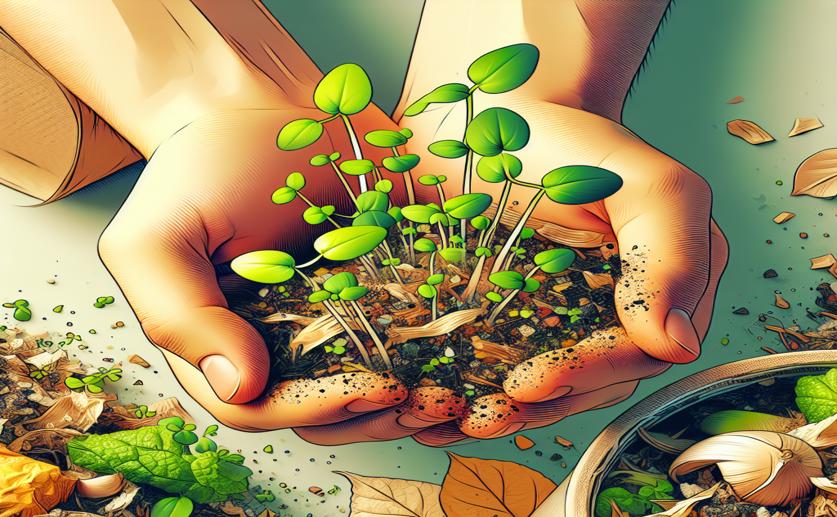
Boosting Tiny Greens with Compost and Light Colors
Jim Crocker
3rd March, 2024

Image Source: Natural Science News, 2024
Key Findings
- In a University of Almeria study, a 50:50 compost and peat mix with LED 2 light increased microgreen growth
- Compost mix affected nitrate levels more, while LED light boosted health-promoting anthocyanins
- The findings suggest sustainable indoor farming with enhanced nutritional value of microgreens
NutritionPlant ScienceAgriculture
References
Main Study
1) Combined effect of an agro-industrial compost and light spectra composition on yield and phytochemical profile in mizuna and pak choi microgreens.
Published 29th February, 2024
https://doi.org/10.1016/j.heliyon.2024.e26390
Related Studies
2) Effect of LED lights on the growth, nutritional quality and glucosinolate content of broccoli, cabbage and radish microgreens.
3) In Vitro Evidence on Bioaccessibility of Flavonols and Cinnamoyl Derivatives of Cruciferous Sprouts.
4) Beyond vegetables: effects of indoor LED light on specialized metabolite biosynthesis in medicinal and aromatic plants, edible flowers, and microgreens.



 2nd March, 2024 | Greg Howard
2nd March, 2024 | Greg Howard